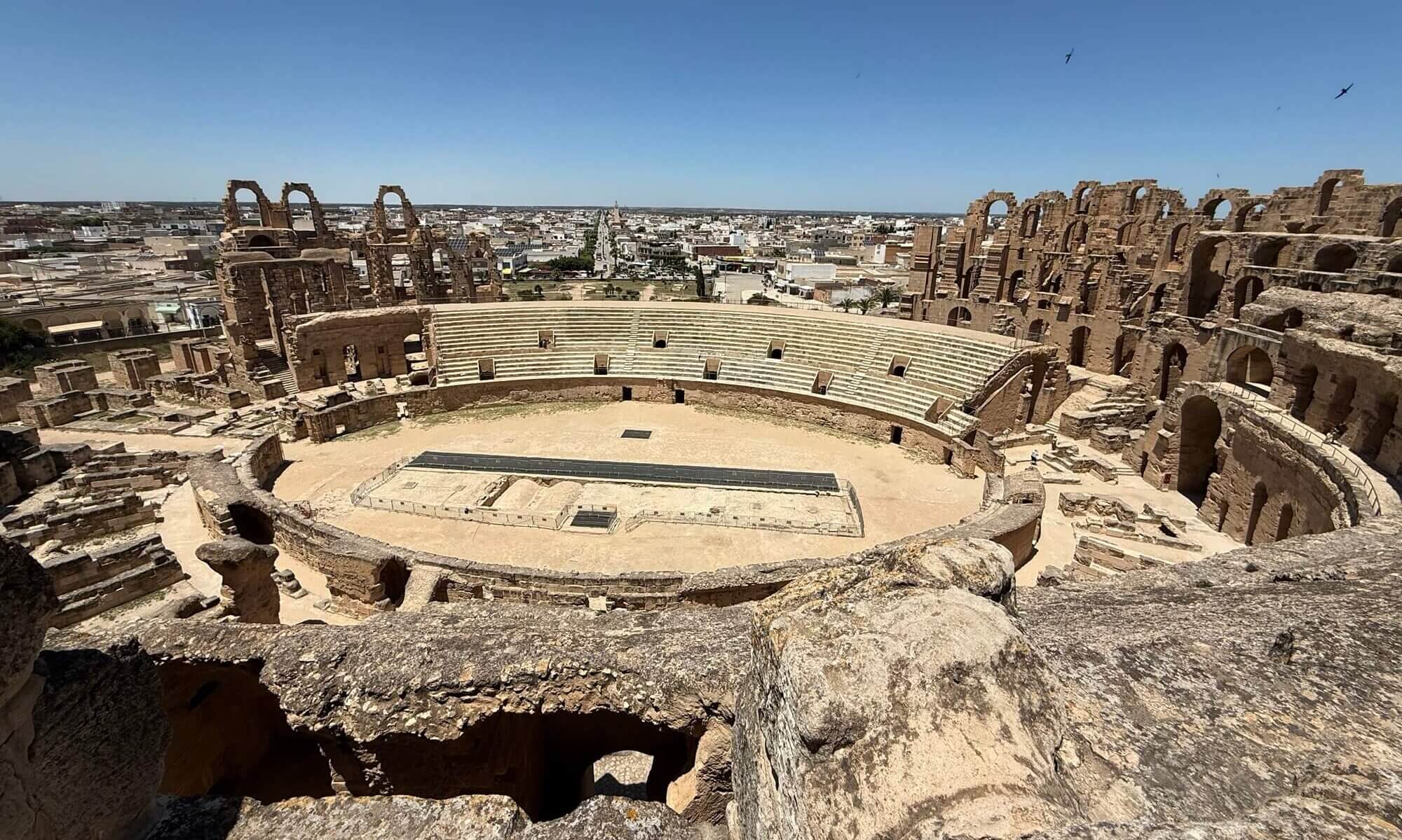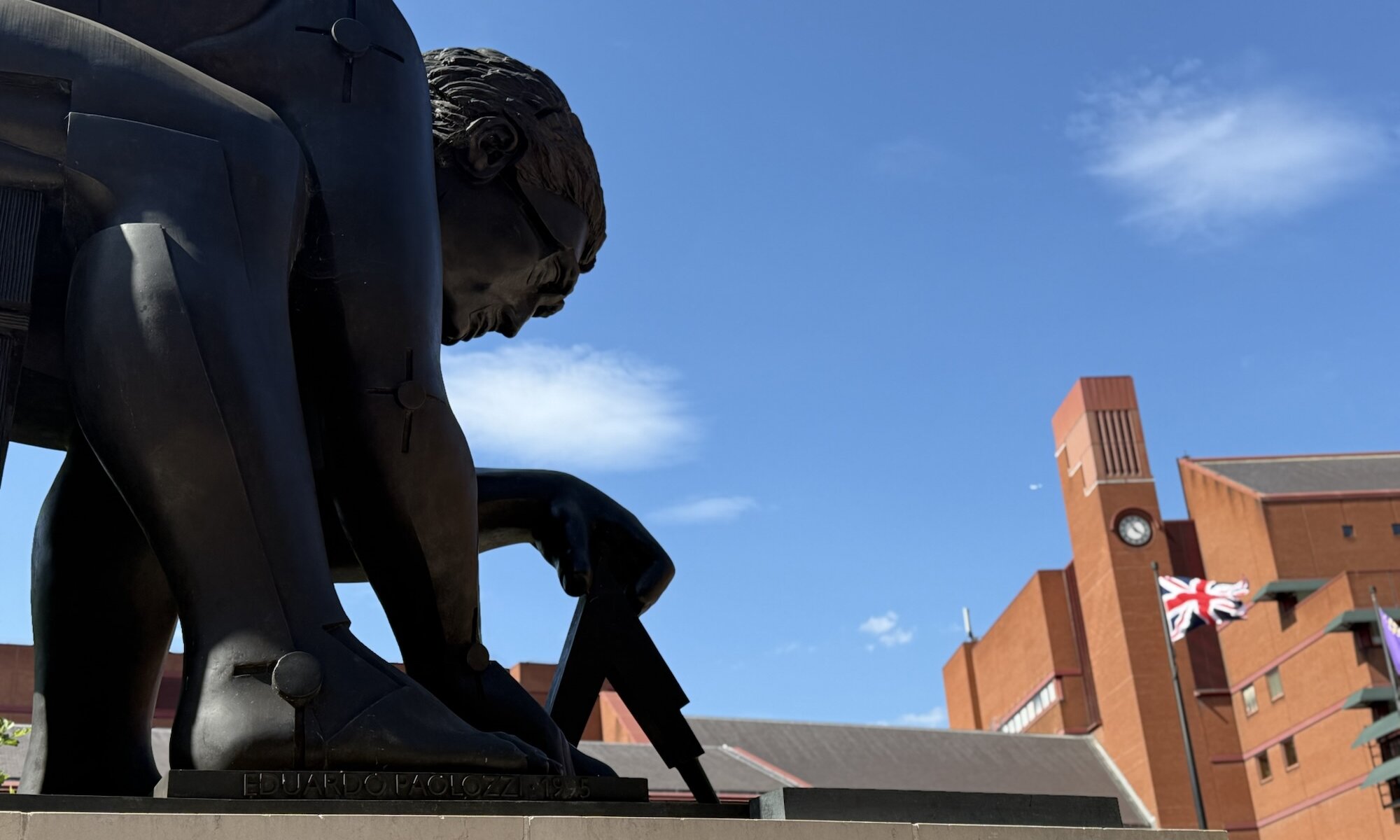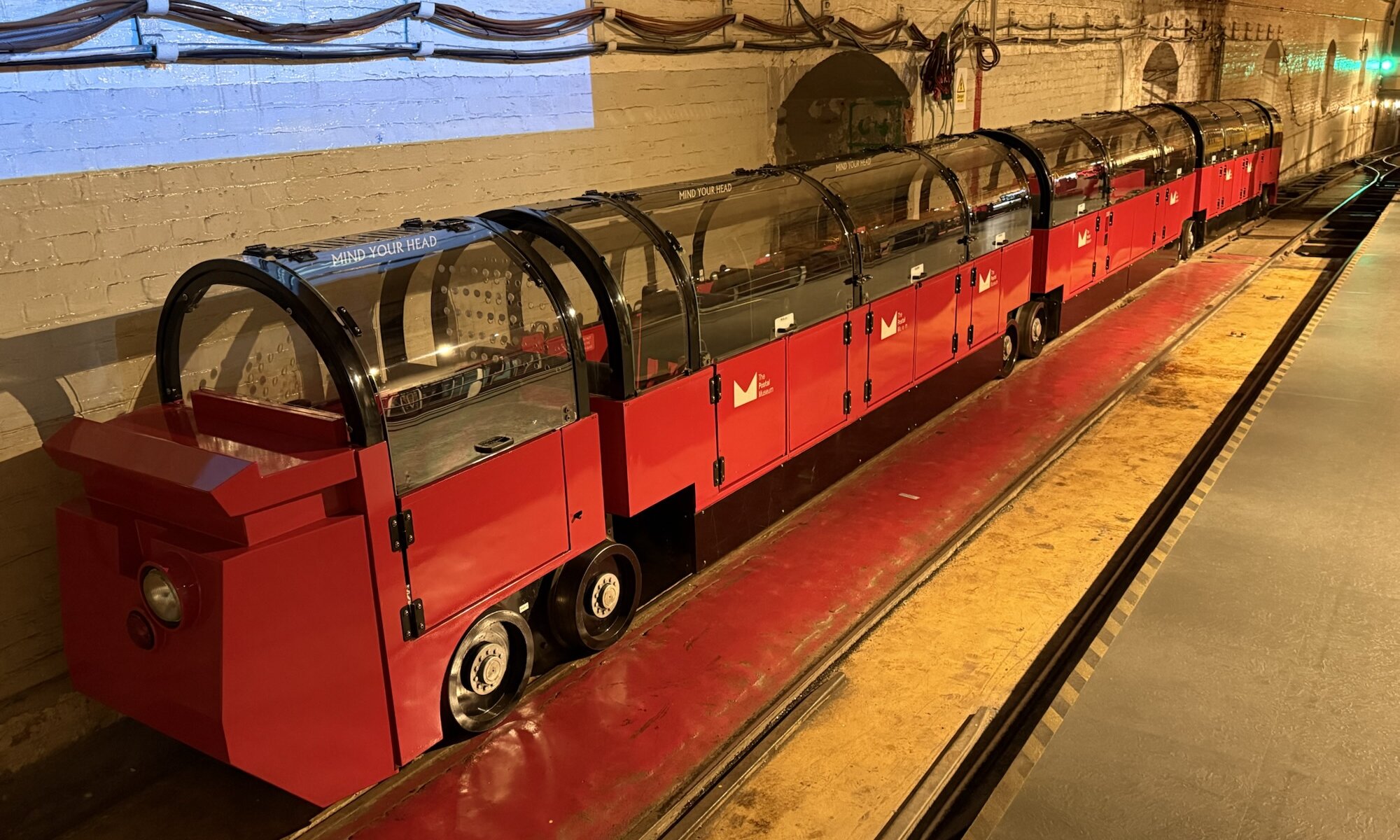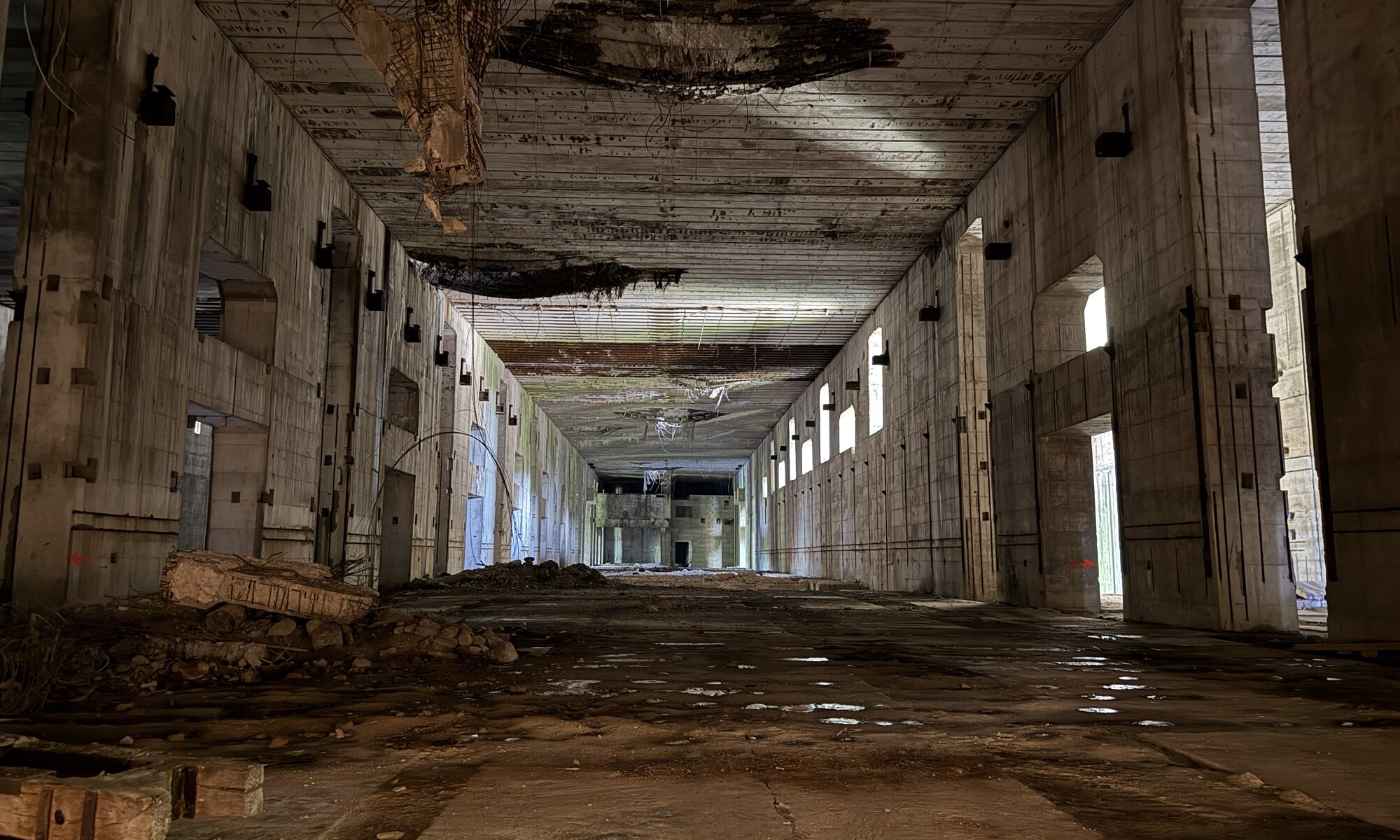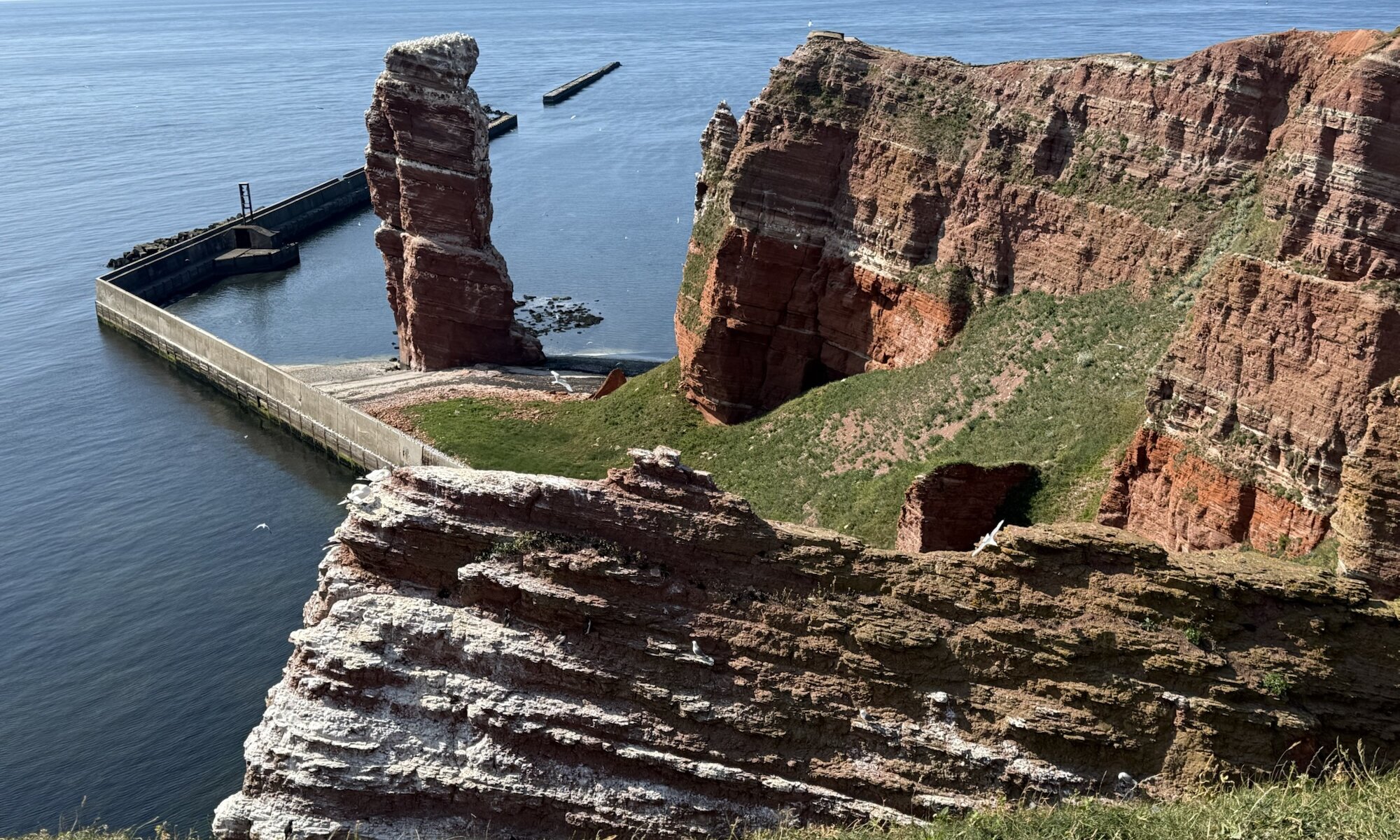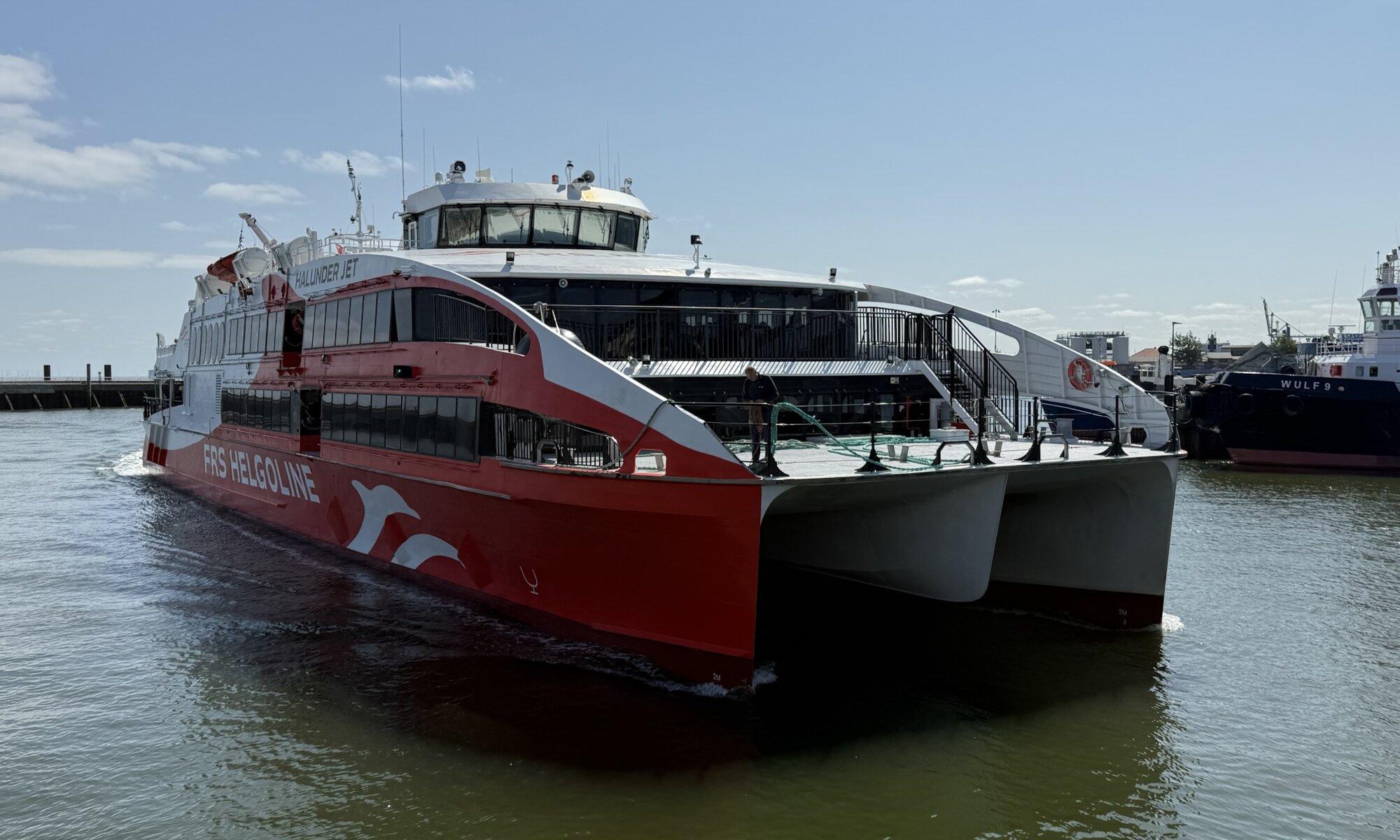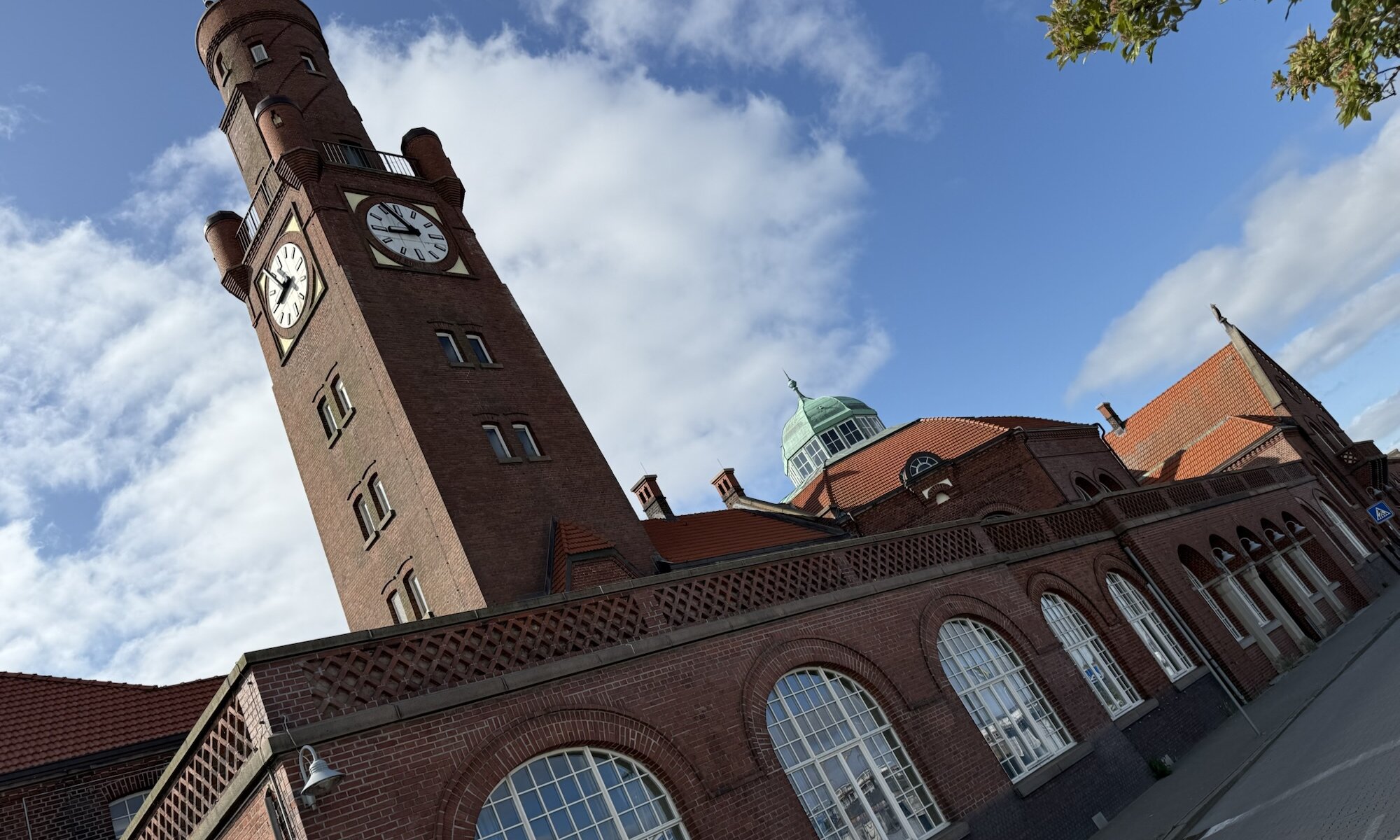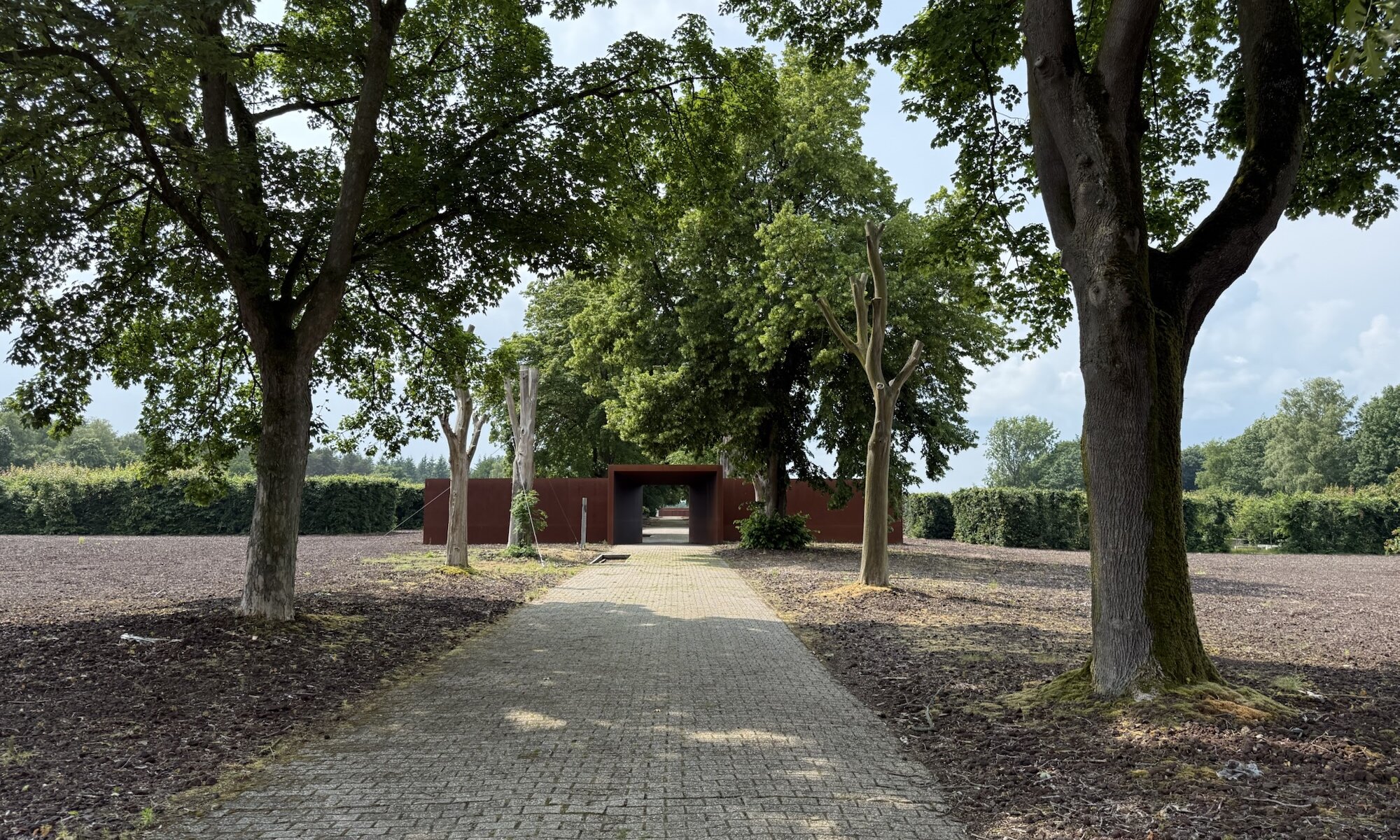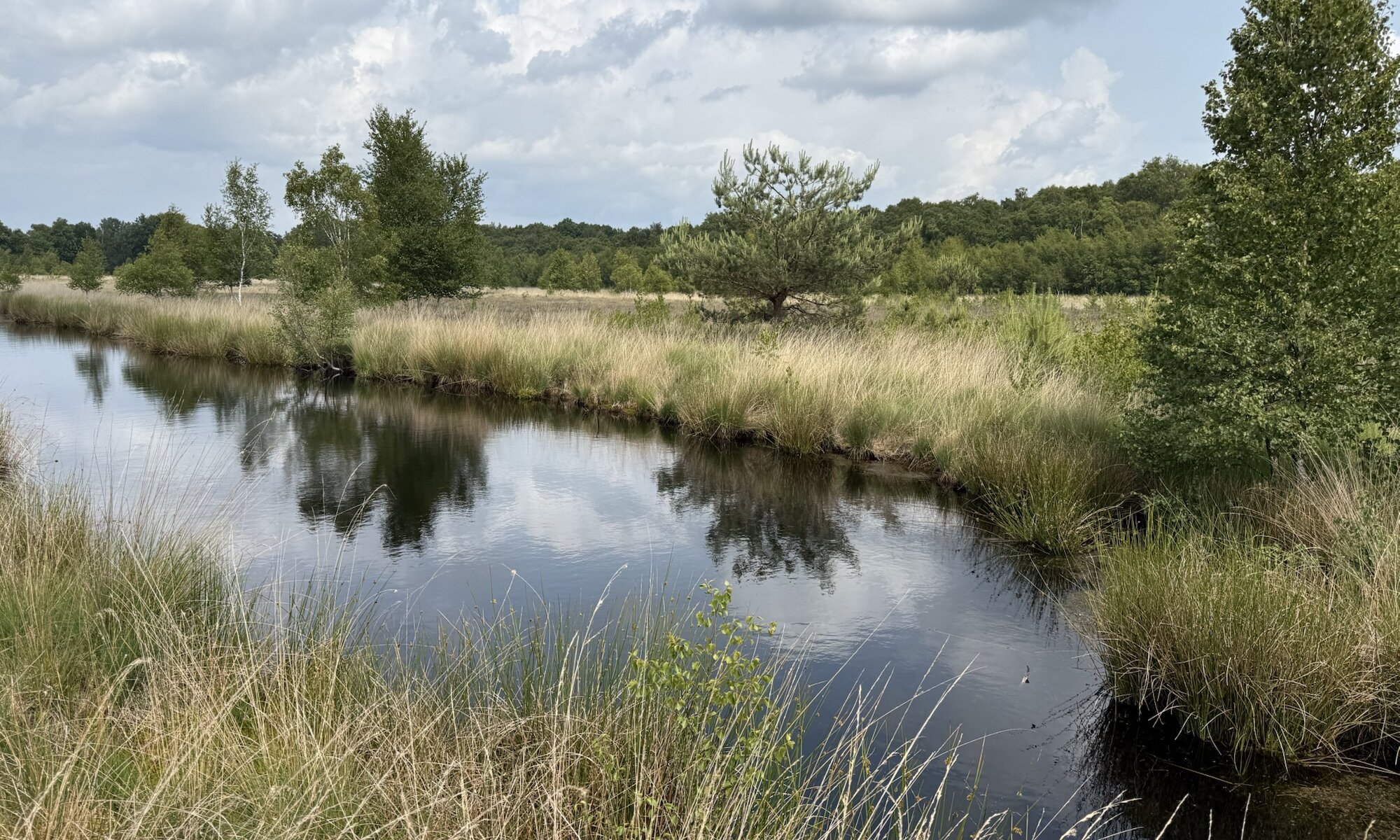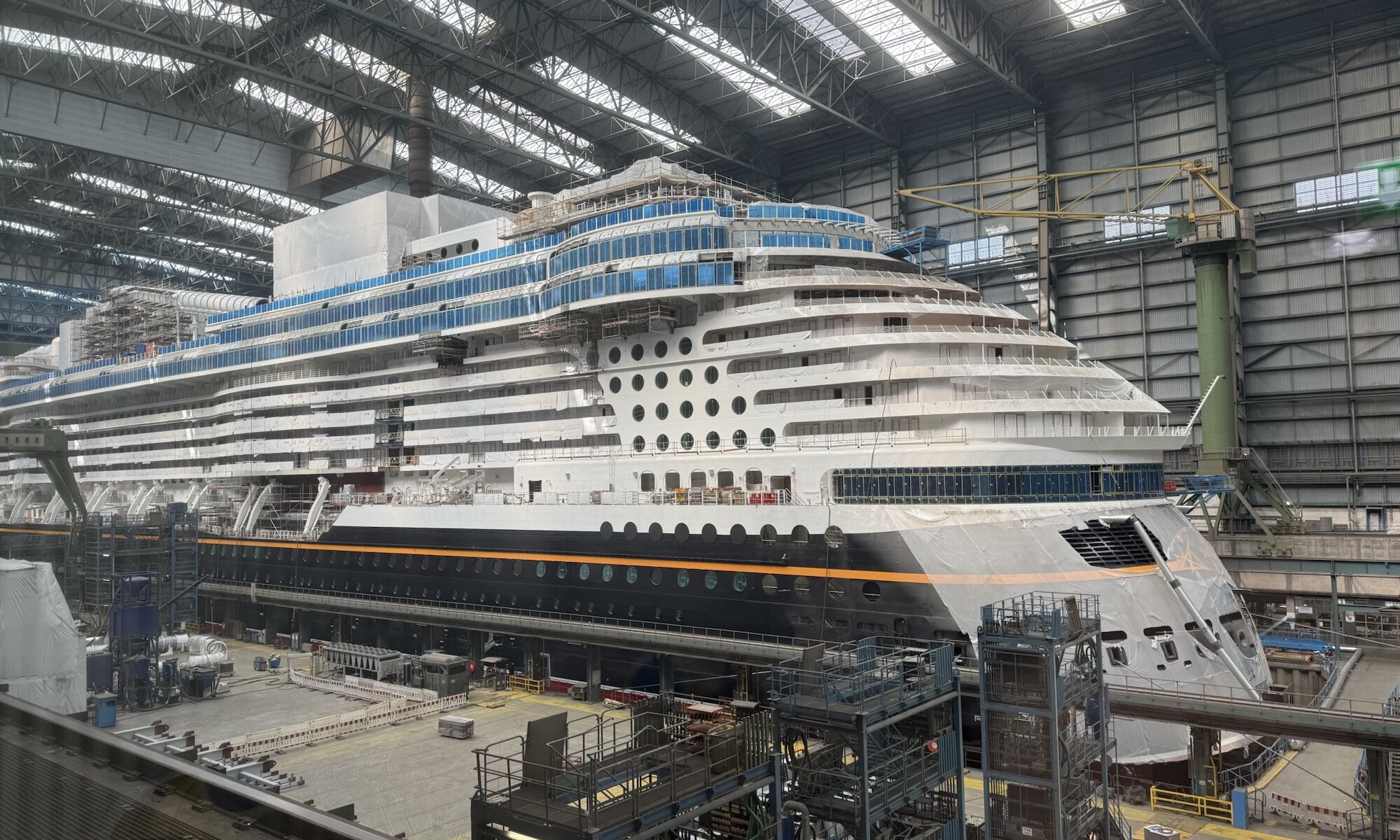Euston Underground Station in London is a fascinating place for anyone interested in the city’s transport history. Located beneath the mainline Euston railway station, it has served as a key interchange for generations of travellers. The original Euston station opened in 1837 as the capital’s first mainline railway terminus, connecting London with Birmingham. Over time, the underground station evolved to accommodate the growing network, and today it is a major hub for the Northern and Victoria lines, serving millions of passengers each year.
Continue reading “Euston underground”Written treasures
The British Library in London is a true sanctuary for anyone passionate about history, literature, and culture. Its origins trace back to the 18th century, when the collections of Sir Hans Sloane, Robert Harley, and Sir Robert Cotton were brought together to form the core of the British Museum’s library. Over time, these collections expanded with royal donations and acquisitions, eventually leading to the establishment of the British Library as a separate entity in 1973. The library’s current home, a striking modern building near St. Pancras, opened its doors in 1998 and now houses over 170 million items, making it one of the largest libraries in the world.
Continue reading “Written treasures”Mail Rail
Beneath the bustling streets of London lies a unique piece of the city’s industrial heritage: the Mail Rail. Originally known as the Post Office Railway, this driverless, narrow-gauge railway was built in the early 20th century to transport mail quickly and efficiently between major sorting offices across the city. Construction began in 1915, but due to the disruptions of World War I, the railway only opened in 1927. For 76 years, the Mail Rail operated tirelessly, shuttling letters and parcels through six and a half miles of tunnels, until it was finally closed in 2003 as road transport became more practical for the Royal Mail.
Continue reading “Mail Rail”Bunker Valentin
Located near Farge on the banks of the river Weser just outside Bremen, Bunker Valentin is one of the largest above-ground bunkers in Europe and a haunting reminder of the final phase of World War II. Construction began in 1943, as the Nazi regime sought to protect its crucial submarine production from relentless Allied bombing. The plan was to assemble the advanced Type XXI submarines here, using innovative assembly-line techniques inside a massive, bomb-proof structure. The parts would have been preproduced in Hamburg and Danzig; the idea was to release a new U-Boot every 56 hours. The bunker stretches an astonishing 426 meters in length and 97 meters in width, with walls and a roof several meters thick – designed to withstand even the heaviest aerial attacks.
Continue reading “Bunker Valentin”Germany’s only high-sea island
Helgoland, Germany’s only high-sea island, has a rich and turbulent history shaped by its strategic location in the North Sea. Originally inhabited since prehistoric times, the island belonged to Denmark for centuries before passing to the United Kingdom in 1807 and finally to Germany in 1890 through the Heligoland-Zanzibar Treaty. Since 1932, Helgoland has been part of the Landkreis Pinneberg in Schleswig-Holstein, a unique administrative arrangement that ensures efficient governance despite its distance from the mainland. Pinneberg was selected as it is close to Hamburg, which has the best connection to the island.
Continue reading “Germany’s only high-sea island”Halunder
The Halunder Jet is the most efficient and enjoyable way to reach Helgoland. This high-speed catamaran is designed for comfort and speed, whisking you from Cuxhaven to Germany’s only true high-sea island in a bit more than an hour. If you prefer a longer ride you can also already start your trip at the harbor of Hamburg, giving you a nice tour on the Elbe river. The Halunder Jet is modern and has panoramic windows as well as spacious decks, and great amenities. The timetable gives you the option to either explore Helgoland in four hours (which is possible with good preparation) and return the same day – or to stay overnight and skip one boat.
Continue reading “Halunder”Hapag
Stepping into the world of Hapag is like opening a chapter of German maritime history that shaped global shipping for more than a century. Founded in the bustling port city of Hamburg in 1847, the Hamburg-Amerikanische Packetfahrt-Aktien-Gesellschaft – better known as Hapag – quickly became synonymous with reliable transatlantic travel and trade. In its early days, Hapag connected Europe and North America, carrying both hopeful emigrants and valuable cargo across the ocean. Over the decades, it grew into one of the world’s most prestigious shipping lines, pioneering new routes and building some of the largest and most luxurious ocean liners of its time.
Continue reading “Hapag”Emslandlager
The Emslandlager were a network of 15 camps established by the Nazi regime in the Emsland and Bentheim regions of northwestern Germany. These camps, including the notable Esterwegen camp, were constructed from 1933 and served various functions over time: they started as concentration camps for political prisoners, then became punitive and prisoner-of-war camps, and later housed a mix of convicts, forced laborers, and military prisoners. The camps were notorious for their harsh conditions and forced labor, particularly the draining and cultivation of the surrounding moorlands, which became a symbol of the inmates’ suffering and resilience.
Continue reading “Emslandlager”Die Moorsoldaten
The Zirkus Konzentrazani stands out as a remarkable episode in the early history of Nazi concentration camps, particularly at KZ Börgermoor in the Emsland region. Conceived by the actor and prisoner Wolfgang Langhoff, this ‘concentration camp circus‘ was a bold act of cultural resistance. Prisoners organized a satirical variety show, complete with mock circus acts, humor, music, and dance, cleverly using double meanings to subtly mock their captors and the Nazi regime. The event provided a rare moment of relief and solidarity among the inmates, allowing them to reclaim a sense of humanity and dignity in the face of brutal oppression.
Continue reading “Die Moorsoldaten”Meyer-Werft
The MEYER WERFT in Papenburg is a shipyard with a remarkable legacy, having been founded in 1795 by Willm Rolf Meyer. Initially, the company focused on building small wooden sailing vessels, which was typical for the region at the time. Over the centuries, the shipyard demonstrated a pioneering spirit, especially in the late 19th century when it became the first in the area to switch from wooden ships to iron-hulled steamers – a move that secured its survival while many other local shipyards closed down.
Continue reading “Meyer-Werft”